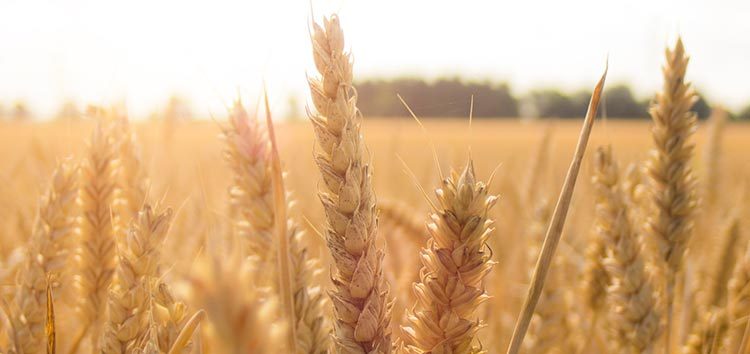New EBRD/FAO methodology tracks climate technology uptake in the agrifood sector

Solar-powered water pumps, improved livestock feeding, energy efficient cold storage – these are just a few of the green technologies and practices that can help the agrifood sector shrink its carbon footprint.
But understanding the extent to which farmers and agribusinesses are able to adopt such technologies and practices is difficult.
The European Bank for Reconstruction and Development (EBRD) and the Food and Agriculture Organization of the United Nations (FAO), in collaboration with the International Energy Agency, have developed a methodology to help countries and investors track climate technology trends and uptake.
The step-by-step approach in Adoption of climate technologies in the agrifood sector guides decision-makers in assessing the market penetration of diverse climate technologies, as well as relevant policy and investment opportunities.
“Better data collection and analysis in this area will help us make smarter investments in energy efficiency, renewable energy and climate resilience,” said Gianpiero Nacci, Associate Director of the EBRD’s Energy Efficiency and Climate Change team.
It will also help countries “attract climate finance to advance their climate change adaptation and mitigation efforts.”
Resilient food and agriculture systems
Food production and supply chains consume nearly a third of global energy. They also emit almost a quarter of the world’s greenhouse gases.
The adoption of climate-smart technologies and practices along these value chains can help minimise carbon emissions, improve productivity and make better use of the earth’s natural resources.
“The world’s population is growing, diets are changing, competition over natural resources is rising and the weather is increasingly unpredictable. It’s imperative we find sustainable ways to produce more food using less water, land and energy,” said Martin Frick, Director of FAO’s Climate, Energy and Tenure Division.
“The transfer of green technologies at all levels, from small-scale farmers to large food-processing companies, is key to building resilient food and agriculture systems better adapted to our changing climate,” he added.
Systematic approach
While it is relatively easy to collect and assess data on climate technology trends and adoption for the energy and transport industries, such data for the agrifood sector is virtually non-existent.
That is why the EBRD and FAO developed the four-step methodology, looking specifically at agricultural production and food processing.
Step 1 involves identifying the agrifood activities responsible for most greenhouse gas emissions, while Step 2 is about prioritising technically and economically promising climate technologies and practices. Step 3 evaluates sustainability issues, and Step 4 addresses the main barriers holding back adoption – from policy and regulatory constraints to knowledge gaps.
The EBRD and FAO carried out this work under the umbrella of the Finance and Technology Transfer Centre for Climate Change (FINTECC) initiative.
FINTECC, funded by the EBRD and the Global Environment Facility, assists businesses in implementing green technologies through a combination of commercially based EBRD financing with incentive grants and technical support. It also helps policy-makers and businesses overcome obstacles in developing markets for climate technologies and practices.
Dynamic process
The EBRD and FAO applied the methodology in Morocco, and presented their findings at a side event during the 2016 COP22 climate talks in Morocco.
The plan now is to roll out the approach in Kazakhstan and the Kyrgyz Republic, and eventually in other countries.
Ideally, countries will apply the methodology regularly, as much can change over time – from local country contexts and markets, to international priorities, investor interests and policy.
“With this work, we’re trying to look long term and focus on what the social, economic and environmental issues preventing climate technology adoption are now and could be later,” said Alessandro Flammini, an FAO natural resources officer and one of the publication’s co-authors.
“If you look at solar pumping today, for example, compared with ten years ago, the picture is completely different. Now that a critical mass is using solar pumping, and the technology has become competitive and largely available, there’s the threat of excessive groundwater use, which was not an issue before. This hinders sustainable adoption. So you have to look at the bigger picture and make sure support to clean technology doesn’t lead to unintended negative consequences,” he said.
As more countries improve their data collection on emissions and market penetration for climate technologies, it could facilitate cross-country comparisons, enhancing the scope for regional and international cooperation on climate change action.


